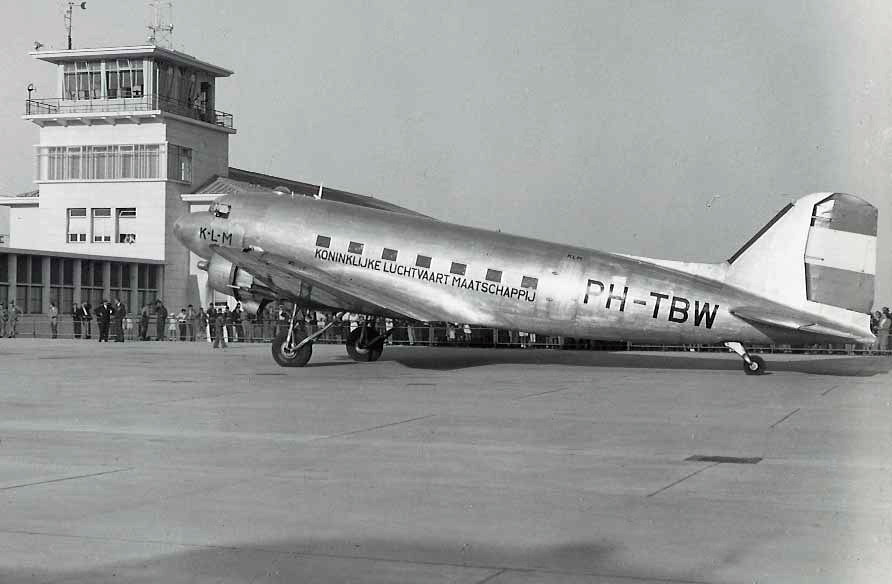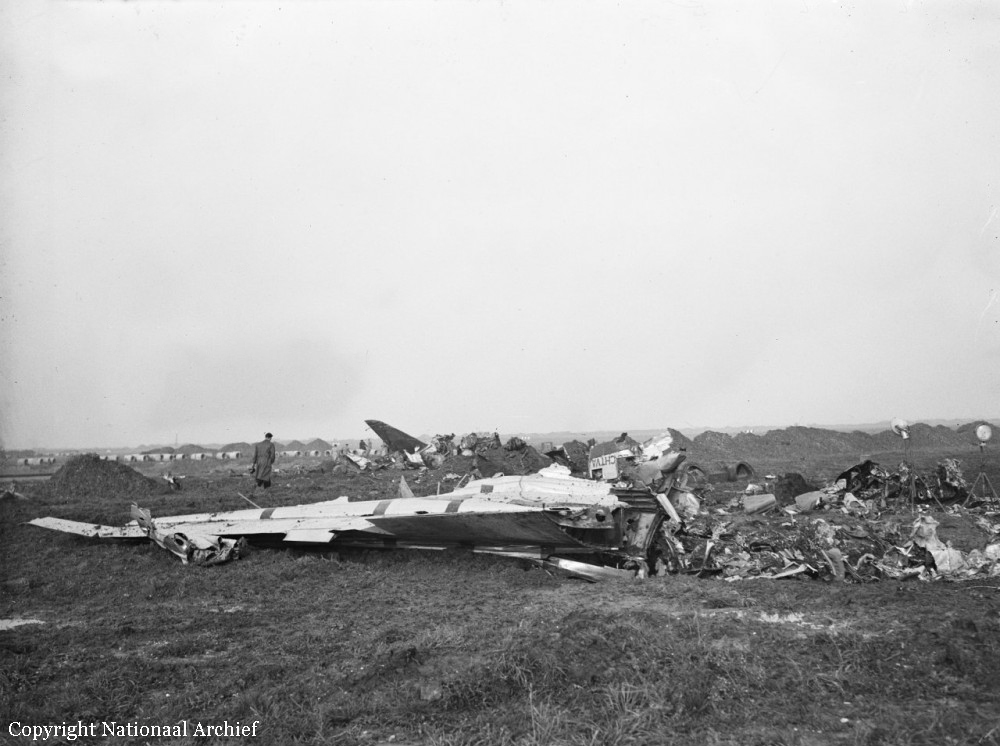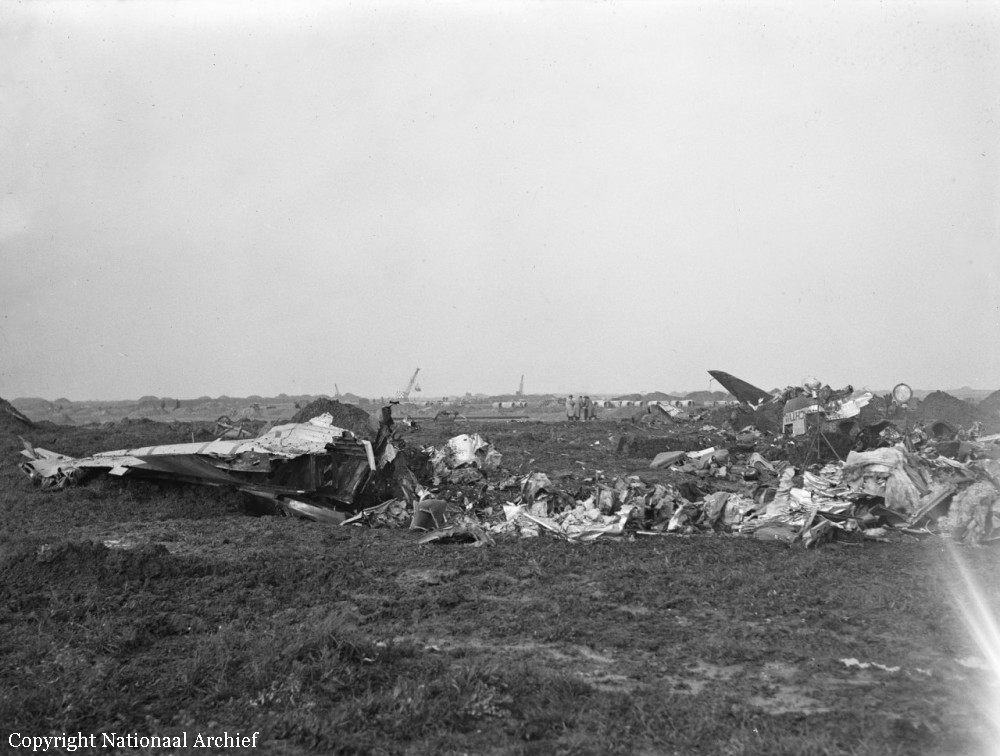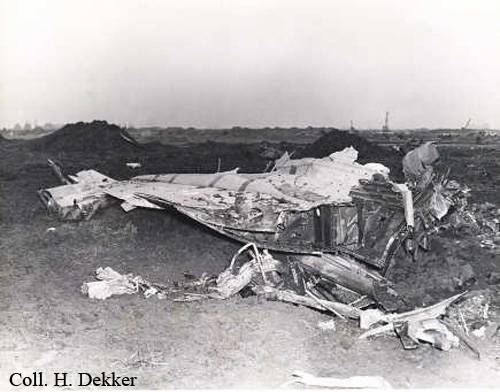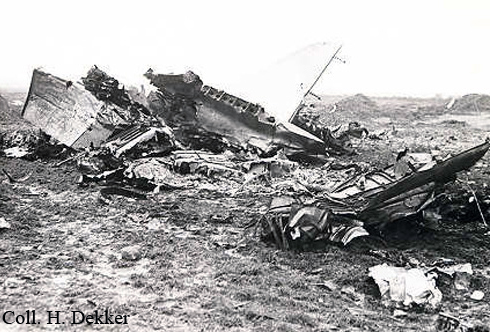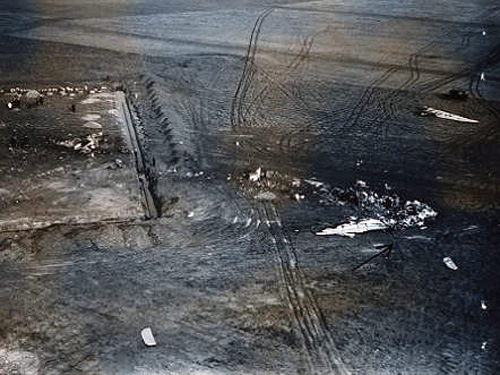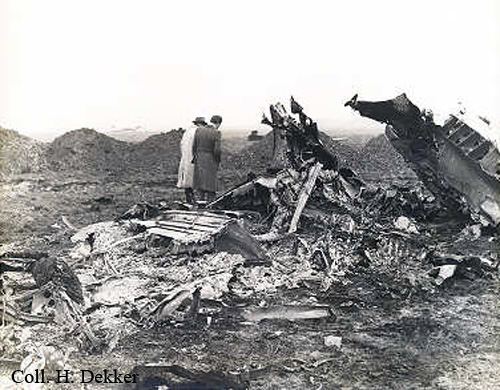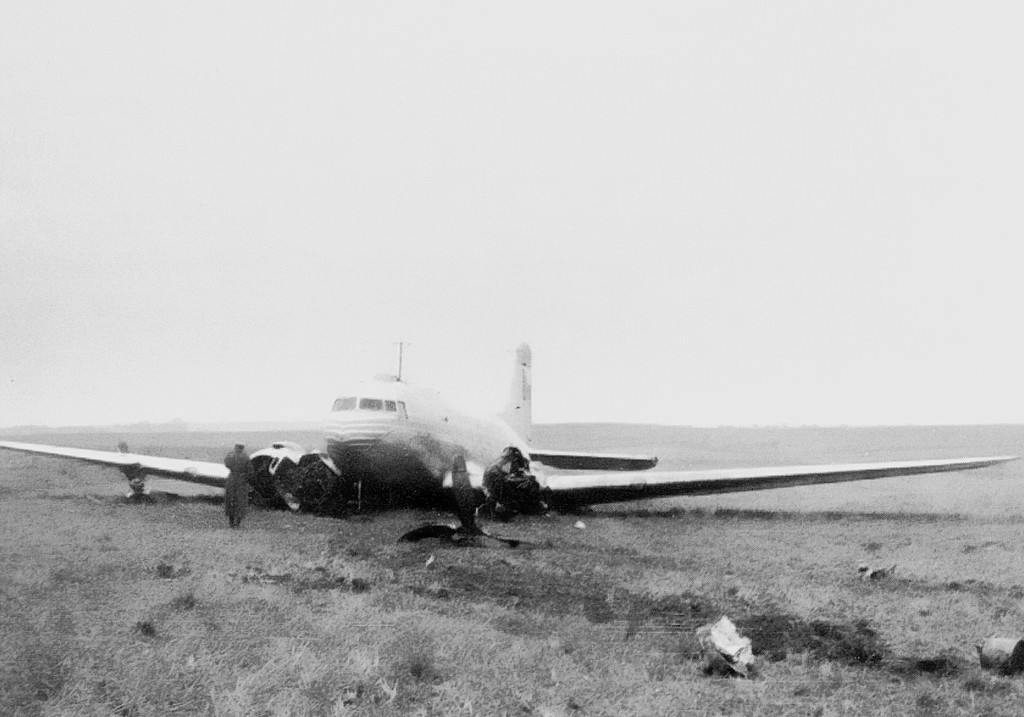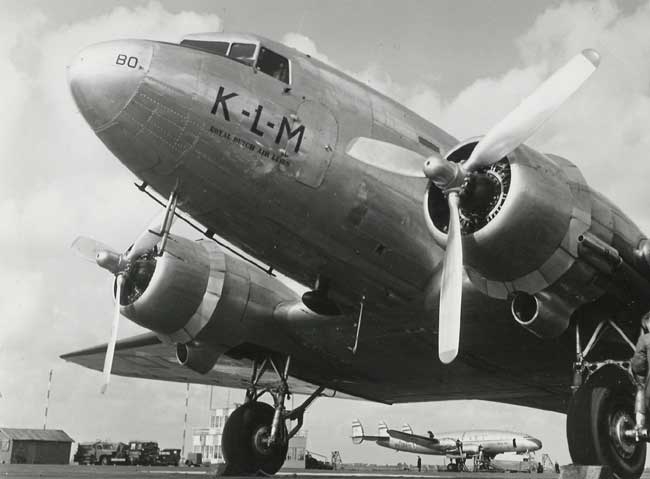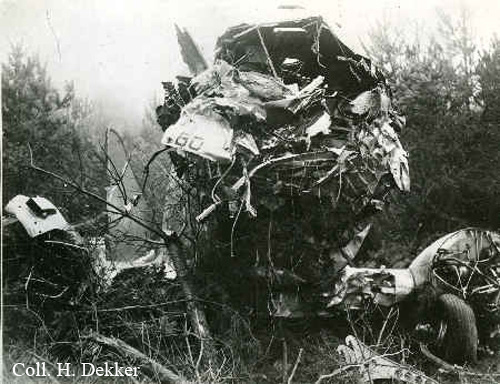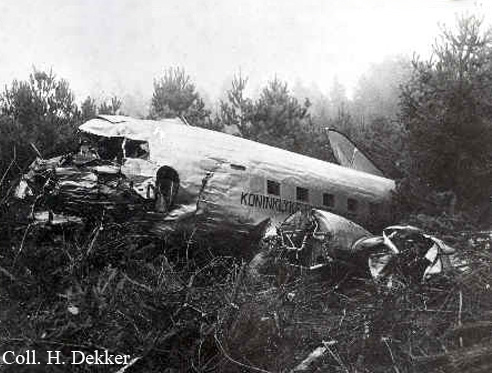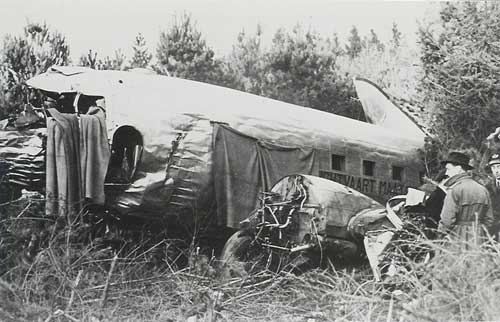Crash of a Douglas DC-3F in Malmö: 1 killed
Date & Time:
Aug 9, 1947
Registration:
SE-BAY
Survivors:
Yes
Schedule:
Amsterdam – Malmö
MSN:
19559
YOM:
1944
Crew on board:
5
Crew fatalities:
Pax on board:
0
Pax fatalities:
Other fatalities:
Total fatalities:
1
Circumstances:
On approach to Malmö-Bulltofta Airport, the aircraft was too high on the glide. Instead of making a go around, the captain decided to nose down, increase engine power and landed at high speed. Unable to stop within the remaining distance, the aircraft overran and hit an embankment before coming to rest. The aircraft was destroyed, a crew member was killed while four others were seriously injured.
Probable cause:
Wrong approach configuration.


